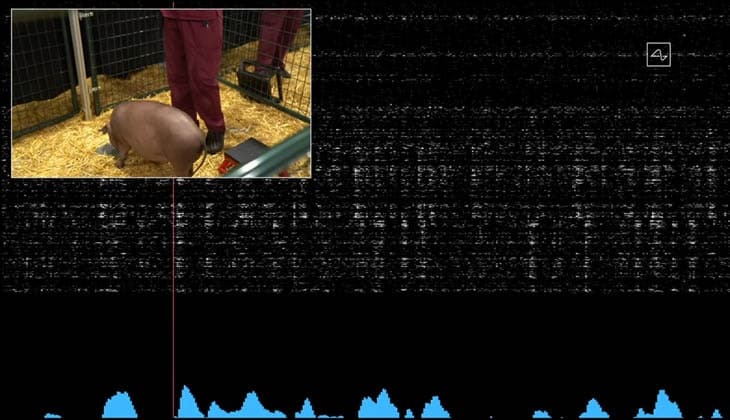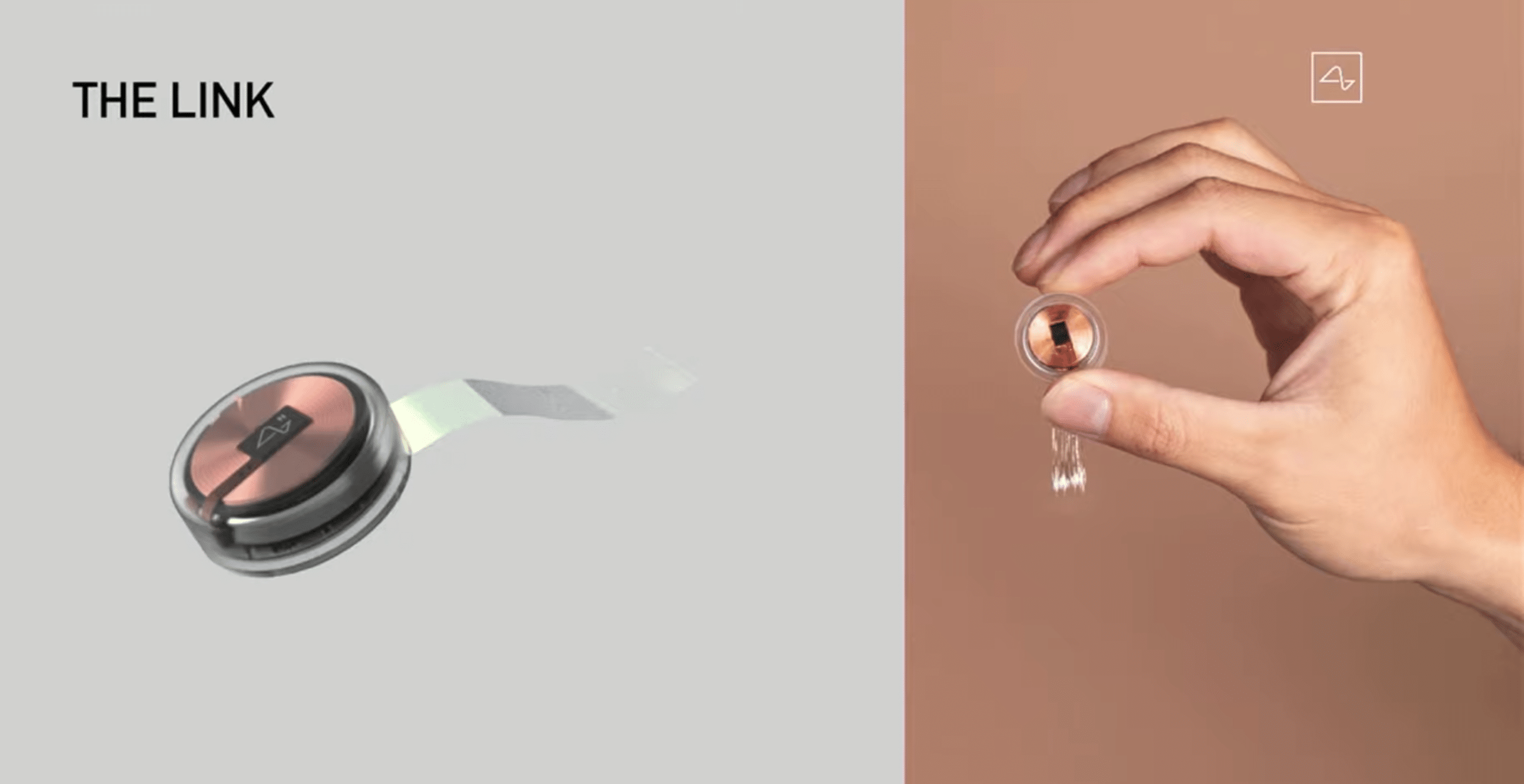Neuroscience continues to know the brain better than Elon Musk

Neuroscience continues to know the brain better than Elon Musk
At midnight on August 28, 2020, after more than 30 minutes, the power was finally turned on in the Neuralink channelthe neurotechnology company created by the tycoon Elon Musk in 2016. The company's attractive symbol, faded to black during the first 28 seconds of the video, is a reminder of that long wait.
" alt="" aria-hidden="true" />
In this event onlineMusk presented the progress made by his company over the last 2 years in the development of a brain implant that allows reading neuronal activity. The device, which integrates 1,024 recording electrodes, had been implanted in the brains of pigs that roamed freely in the enclosure.
To demonstrate its operation, three animals were used: an unimplanted pig, one with the device hidden under the skin of its skull emitting live sound signals, and a third, which had had the implant, but without it. The idea was to demonstrate the safety of the invention, and it would have been a stellar performance were it not for the fact that the second animal was very reluctant to come out of the wings.
How does the device work?
What could be seen during the presentation was the activity of several neurons activating (firingin technical jargon) as the animal moved across the stage.
The activation of neurons appeared on the screen as small white dots. Each row represented the activity of one neuron; hundreds of them could be seen arranged in an array of data flowing continuously in real time. At the bottom, in blue, was the cumulative count of total activity.
As the piglet persistently sniffed its surroundings, waves of shots coordinated neuronal activity. Later, around minute 18 of the video, it is explained how, by reading this activity, it is possible to predict the steps of one of the implanted pigs walking on a treadmill.

What's new?
Everything and nothing was new in the presentation.
The technological solution of packing 1,024 recording electrodes into a few very thin filaments that, when inserted into the brain, can isolate the activity of hundreds of neurons is new.
New is the wireless technology that allows real-time transmission of both the signal and other measurements of temperature, intracranial pressure, etcetera (a literally unknown etcetera). We do not know how long the battery of the prototype brain-computer interface (the Link v0.9) lasts, but it can be charged by induction, like modern digital watches.
It is new that the implant can be hidden under the scalp, protecting the wearer's privacy.

Neuroscience ahead of Musk
But perhaps not so new are the things that might most impress the general public and those with which Musk played the enchantment game. They have years of hard and serious scientific research behind them.
It is not new to be able to read the activity of hundreds of thousands of neurons at a time, nor to decode their message. Especially if it is relatively simple or obvious, such as the one required to move the limbs in an automatic way.
Nor is it new that wireless systems can be implemented. However, the most common ones have far fewer channels, are more cumbersome and apparently less efficient.
It is not new that groups of neurons can be stimulated in a localized manner as shown in the video around minute 19, using double-photon microscopic imaging to see the activation of genetically expressed calcium sensors in these cells.
All these things are the daily work of some research laboratories around the world, which are determined to decipher our most complex organ. Neuroscience has been working for years on reading and decoding neuronal activity. The goals of this effort are clear: to understand how the brain works and to be able to help treat some of its diseases and accidents.
Neuroscience applications in humans
Musk's promise to start deploying these devices soon, once FDA approval is received, reflects just one more episode of competition in the technology race.
Many companies and research labs have been collaborating with neurosurgeons and neurologists for years to try to apply this knowledge in a safe and controlled manner. Similar devices are already being used to help brain-injured people move robotic arms, deep electrode implants as a treatment for Parkinson's disease or to predict epileptic seizures.
Much of this progress has been made possible by years of work with laboratory animals, which have served to fine-tune the technology and develop its applications.
Using similar approaches ?prototypes vintage In light of what neuroscience now promises? and the invaluable collaboration of patients, it has been possible to access the recording of human neural activity and attempt to decode it.
There is nothing scary about it if we are in the right hands: publicly and privately funded research subject to the strictest controls. It is about understanding how we process information, how we control our arms and legs, how we generalize knowledge and represent the world.
Challenges to be overcome in neuroscience
Let's not fool ourselves. None of these promises are easy to achieve; they are not just around the corner. They are one of the neurotechnological challenges of the moment.
Musk's idea that these devices can fulfill functions such as warning us of a possible heart attack, stroke or any other such threat, as well as helping us to play music or start the electric car, is just the vanishing point of a futuristic tale.
Every advance is a double-edged sword. Nothing was said in the presentation about the complications of implanting a foreign electronic body in the brain; an aqueous and corrosive medium par excellence. Nor of the defense mechanisms that protect us and that will necessarily form a glial scar in the gray matter of pigs and men, encapsulating electrodes and promoting infections, regardless of the species.
Nor was there any mention in the presentation of the associated ethical aspects, which we all have to protect. Much less was it mentioned that this is only a milestone on a road that is impossible to travel alone because the nature of the challenges, the questions and the consequences spill over in all directions: curing depression, manipulating consciousness or editing memories are big words.
YOU MAY ALSO BE INTERESTED IN: CREATING COLLAGES AND PRESENTATIONS


Leave a Reply
You must be logged in to post a comment.